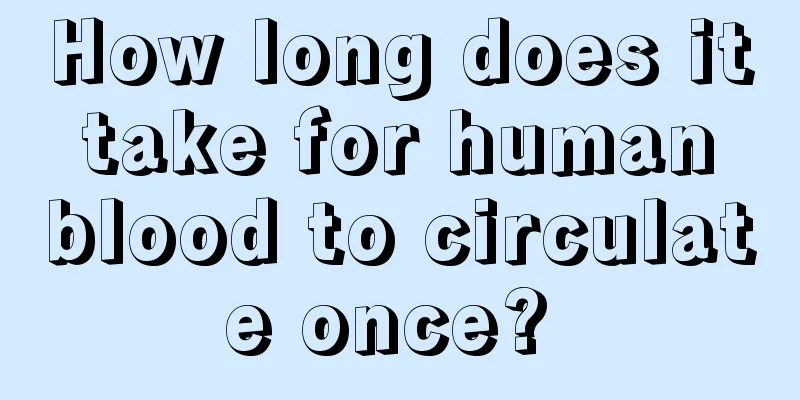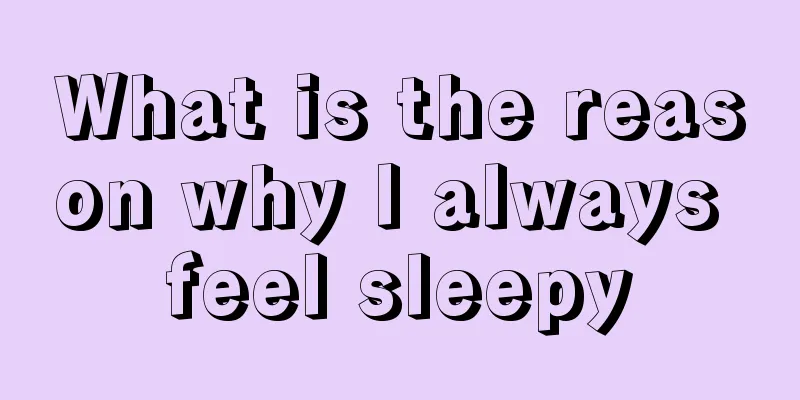How long does it take for human blood to circulate once?

|
Blood circulation is very important to the human body. As long as a person is alive, blood will circulate because the hemoglobin in the blood transports oxygen and expel carbon dioxide. Therefore, as long as the human body breathes, blood circulation will continue. Of course, if the human body is diseased, the blood circulation will be abnormal. How long does it take for normal human blood to circulate once? 1. Under chest compression, it takes about 3 minutes for blood to circulate throughout the body; it takes 0.5 to 1 minute for blood to circulate from the peripheral veins to the right atrium; it takes about 1 minute for blood to make a small circulation (the interval from the right atrium to the femoral artery) The energy generated by the human heart beats every day is enough to lift a 9 kg object by 1 meter. Therefore, the function of blood circulation is very powerful, and the human body is still very peculiar, so it is very necessary to have a proper understanding of blood circulation, which will help to increase awareness of disease. 2. Scientists calculate that the energy generated by a person's heartbeat from birth to the age of 50 can send 100 heavyweight artificial satellites into Earth orbit. The blood sent by the heart passes through the aorta, medium arteries, and arterioles, flows to the capillaries throughout the body, and then passes through the small veins, medium veins, and large veins, and returns to the heart. The blood travels in this order at a very fast speed, and it only takes 20 seconds to circulate once in the body. At this speed, the blood can circulate 180 times in an hour, and 1,576,800 times in a year. If a person lives to be 80 years old, the blood will circulate 126,144,000 times in the body. 3.1. Systemic circulation (macrocirculation): The blood vessels of the systemic circulation include the aorta and its branches that originate from the heart, as well as the superior vena cava, inferior vena cava, coronary sinus and its branches that return to the heart. The blood from the left ventricle is ejected into the aorta, along the arteries to the capillaries throughout the body, then merges into the small veins and large veins, and finally returns to the right atrium through the superior vena cava and inferior vena cava. The systemic venous circulation can be divided into three major systems: the superior vena cava system, the inferior vena cava system (including the portal vein system) and the cardiac venous system. The superior vena cava is a channel that collects venous blood from the head, neck, upper limbs, chest and back and returns it to the heart. The inferior vena cava system is a series of tubes that collect venous blood from the abdomen, pelvis, and lower limbs and return it to the heart. The cardiac venous system is the venous blood supply to the heart. Blood circulation is necessary for the human body because the blood in the body irrigates all organs. If any organ is lacking in blood, it will cause abnormalities. And if there is ischemia on the skin surface, the skin color will be different from other skin colors. If the skin is ischemic, it will appear cyanotic. |
<<: What are the foods that nourish the stomach and kidneys?
>>: What are the treatment options for esophageal fistula?
Recommend
What are the benefits of washing your face with wine
Wine is an alcoholic beverage with a taste and mo...
What is the cause of gastric debt
Gastrointestinal problems often affect our physic...
Let’s learn about the treatment of melanoma
Melanoma patients all want to know the treatment ...
Should bayberry be washed?
Bayberry is a kind of fruit in the south. It matu...
The difference between hairy clams and blood clams
Many people in my family like to eat seafood, esp...
The efficacy and contraindications of cod liver oil
Cod liver oil is a food that many people love to ...
Even chemotherapy can't cure it? Advice: These types of cancer cannot be cured at all, don't waste your money
Uncle Li is a kind and amiable man who likes to t...
How to deal with bloating after eating
I believe many friends have experienced symptoms ...
Gastric Band Surgery
With the gradual improvement of living standards,...
There are many small black spots on the face_What are the small black spots on the face
When the sunlight is strong, people are advised t...
What are the effects and functions of moxibustion on the face?
Moxibustion is a very common way of maintaining p...
What are the adverse reactions after chemotherapy for nasopharyngeal carcinoma
What are the adverse reactions after chemotherapy...
How to treat gray hair
Many young people who pursue fashion will dye the...
Analysis of dietary care for lung cancer
Lung cancer is one of the most common malignant t...
What causes thin hair?
Everyone's hair quality is different. Some pe...









